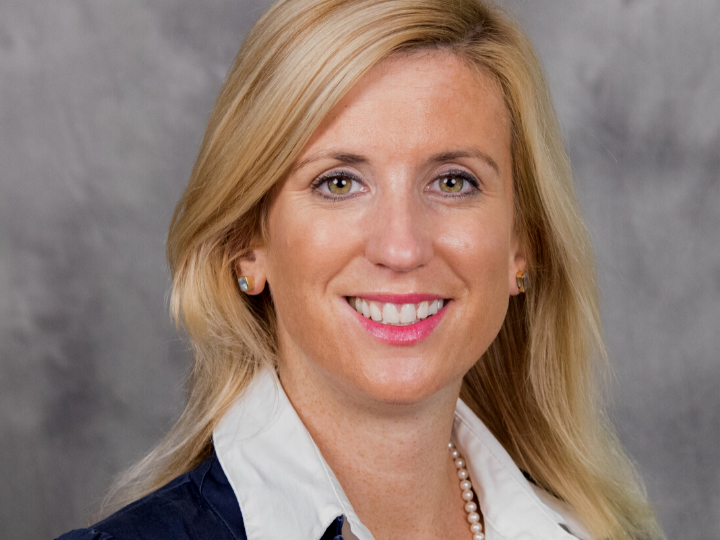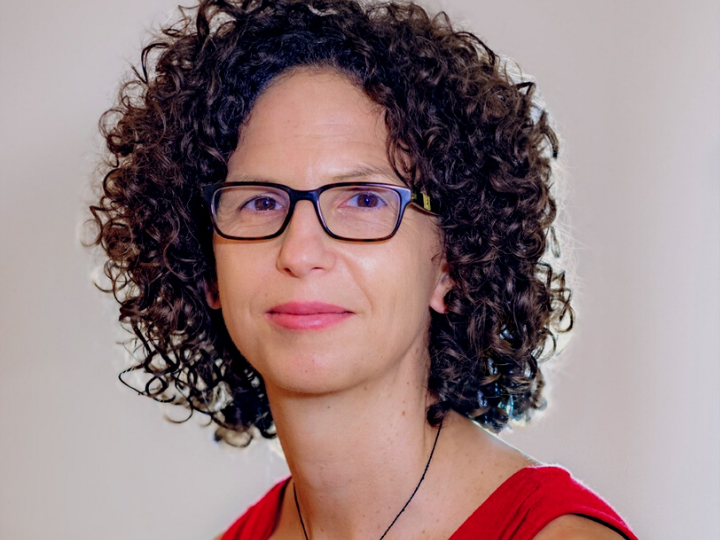

Global terrorist acts such as 9/11, the Oklahoma City bombing or the bombing of Pan Am Flight 103 over Lockerbie, Scotland, were covered in the media for months as stories from each tragedy unfolded over time. A new University of Houston study comparing media attention of certain terrorist organizations finds the more lethal and shocking the attacks, the more newsworthy they are.
“Terrorist groups that specifically target innocent civilians like tourists are more likely to be covered in the media and covered repeatedly,” said Lea Hellmueller, assistant professor of journalism at the Jack J. Valenti School of Communication and lead author of the study published in Mass Communication and Society. “This continuity of coverage could potentially prompt future attacks because the visibility makes extremists feel powerful, but this would require further research.”
Hellueller, Peggy Lindner, assistant professor in the Department of Information and Logistics in the College of Technology and Valerie Hase, doctoral student at the University of Zurich, say leaders of terrorist organizations consider media attention a key resource in pursuing their goals.
“In fact, most modern conflicts are played out in front of the media. We found that extremists use violence to prompt attention by news media,” added Hase, whose research focus is on political violence.
Using a computational approach to measure patterns of terrorism coverage, the team compared media coverage in the United States and United Kingdom of 30 terrorist groups. They analyzed articles from The New York Times, Wall Street Journal, The Guardian and The Times from 2014 to 2016.
“We were also interested in finding some structural difference between these terrorist groups – anything about the organizations that could be linked to the way they are covered,” explained Lindner, a UH data scientist, who provided data management and analytics expertise for this study.
More than half the articles in both the U.S. (64%) and U.K. (80%) reported on the Islamic State (IS), a militant group which has claimed responsibility for a wave of attacks in Lebanon, France, Iraq and Syria to name a few. Hellmueller says although there are a high number of terrorist attacks around the world, only a very small amount is actually covered by the media. Her advice for journalists who might be faced with the challenge of which angle to cover is to carefully consider when and whether any coverage is necessary.
“Media play such an important role in shaping public perceptions of violence, so it’s important journalists understand how terrorist organizations function and bring that awareness to their audiences in addition to reporting on the attack,” she added.
This study was supported by a grant from the Swiss National Science Foundation.
---Written by Sara Tubbs